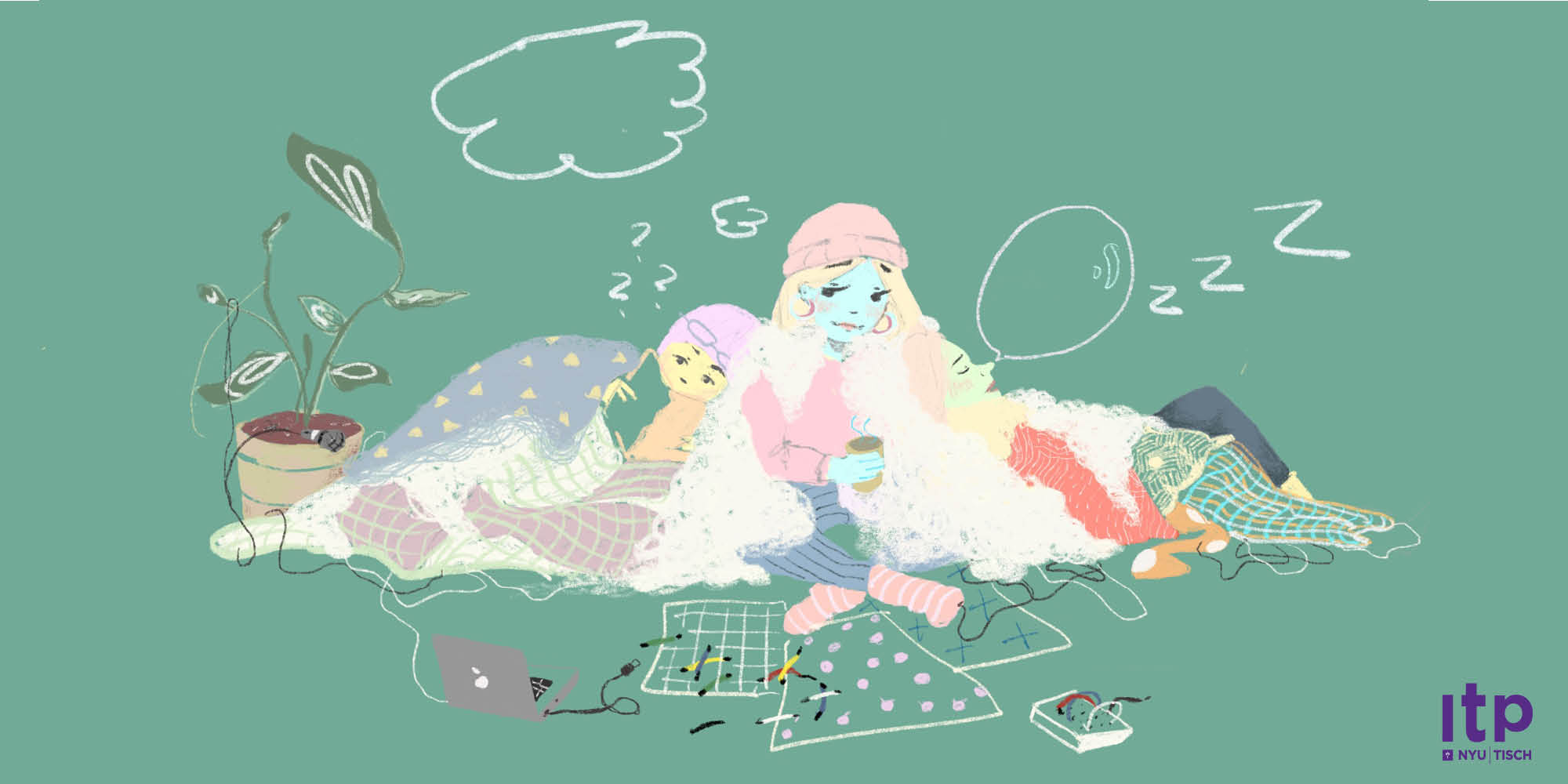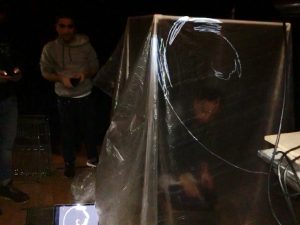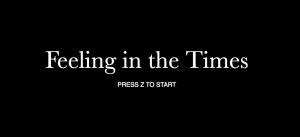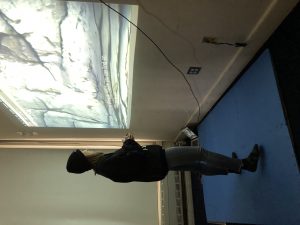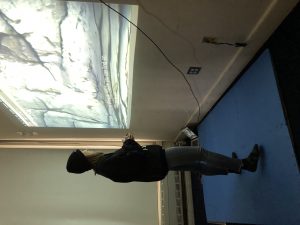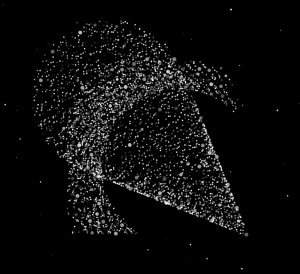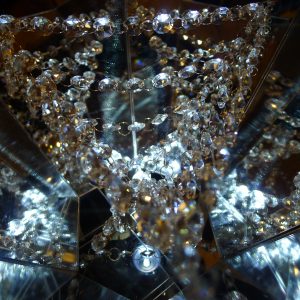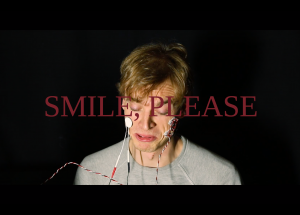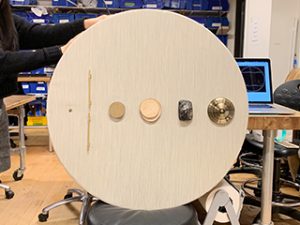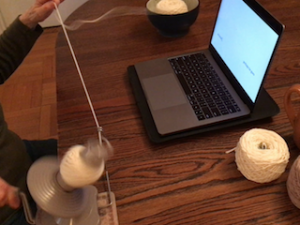Jacquelyn Liu
The Body Pillow is a speculative design that explores how can an object made out of synthetic human skin can fulfill our emotional and physical needs for human touch.
Description
The Body Pillow is a speculative product design set in a future where we can scalable and ethically create realistic, synthetic human skin. From the speculative fiction side, the project extrapolates on recent developments in 3D printing biological tissue, like human skin, and explores (as explained in the accompanying website: https://tissu.tech/) the potential for synthetic human skin to be incorporated into product design – specifically, as therapeutic objects that can satisfy the innate, but often overlooked, need for human touch.
The concept of the pillow builds off of studies in psychology that suggest the materiality of skin-to-skin touch, i.e., warmth, softness, and the detailed texture of skin, are key for evoking the benefits of touch, like release of oxytocin, relief from stress and depression, and forming secure social bonds.
From the physical side, the Body Pillow exists as a tangible, interactive object to help an audience imagine how the speculative product can be used in day-to-day life. The pillow is covered in “synthetic human skin” (for this prototype, peach-colored latex sheeting) and uses subtle light, heat, and vibration cues to induce feelings of an actual touch interaction between the pillow and the user.
Classes
Citizen Science: Biotechnology, Citizen Science: Biotechnology, Introduction to Physical Computing
